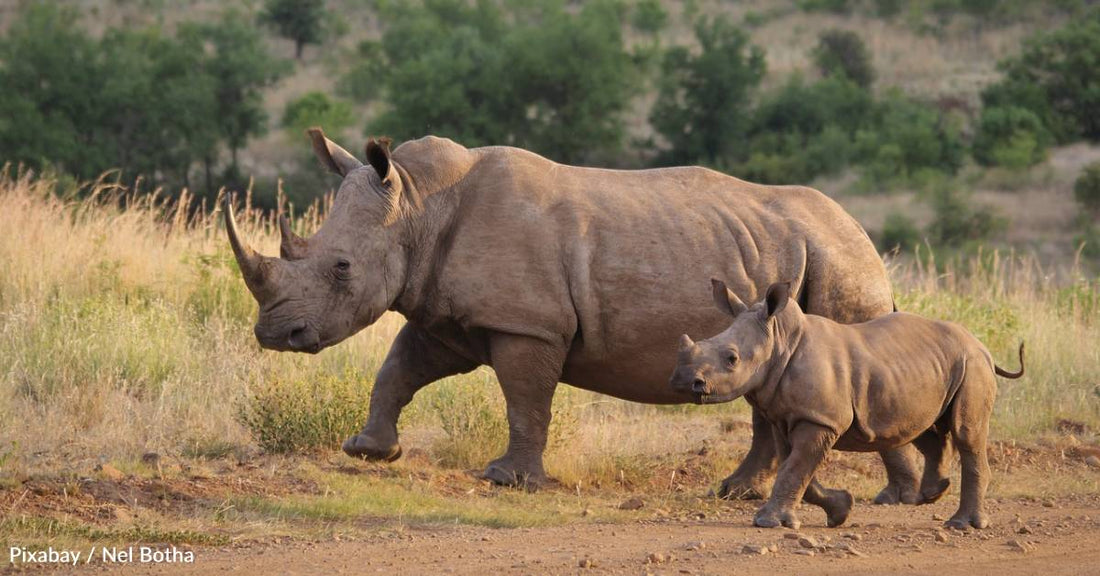New Report Shows a 73% Decline in Wildlife Populations Since 1970
Michelle Milliken
In a changing climate with more human development, our natural world is suffering losses. There are currently more than 163,000 species on the IUCN Red List, and more than 45,000 are threatened with extinction. A new report shines further light on our nature crisis, showing that monitored populations across the world have plummeted over the past 50 years.
The World Wildlife Fund’s Living Planet Report 2024, based on data from the Zoological Society of London’s Living Planet Index, shows there was a 73% decline in average monitored wildlife populations between 1970 and 2020. This includes an 85% decline in freshwater, 69% in terrestrial, and 56% decline in marine populations. The worst declines were in Latin America and the Caribbean, at 95%, and Africa, at 76%. However, Asia and the Pacific were also at 60%, while North America was at 39%, and Europe and Central Asia were at 35%.

The Living Planet Index looks at nearly 35,000 populations of just under 5,500 species of mammals, birds, amphibians, reptiles, and fish. It provides an idea of population trends and serves as an early warning of increased extinction risk or ecosystem collapse. The current figures suggest we may be at the tipping point in some areas.
WWF Chief Scientist Rebecca Shaw says, “Sharp declines in wildlife populations are a clear and urgent warning. These steep drops signal that nature is unraveling and becoming less resilient. When nature is compromised, it is more vulnerable to climate change and edges closer to dangerous and irreversible regional tipping points. When this happens in too many places around the globe, it threatens the very air we breathe, the water we drink, and the food we eat.”

Some of the tipping points highlighted in the report include that 70 to 90% of coral reefs across the globe are likely to be lost even if warming is limited to 1.5 degrees. Additionally, deforestation and climate change are causing reduced rainfall in the Amazon, which could lead to unsuitable conditions for a tropical rainforest. In North America, we also have our own perfect storm. The report notes that pine bark beetle infestations in western North America, combined with frequent and more intense wildfires, are putting pine forests at risk of turning into shrubland or grassland.
The biggest threat across the globe is habitat loss and degradation stemming primarily from our food systems, followed by overexploitation, invasive species, disease, pollution, and climate change. These plummeting populations are also occurring as 30% of UN Sustainable Development Goals may be at equal or worse levels than they were in 2015 by 2030.
WWF-US President and CEO Carter Roberts says, “The Living Planet Report.. highlights the most powerful tools to stem the loss and match the scale of this slow-motion catastrophe. A wake-up call that we need to get going, and fast.”

Some of the things the report says we need to get going on are stronger conservation goals and overhauls of our food, energy, and finance systems. Suggestions from the report include more sustainable food production, efforts to reduce food waste, embracing more plant-based foods and fewer animal products, and redirecting subsidies to more sustainable production and consumption, all while addressing undernutrition and food security. These suggestions come as the report points out that 40% of habitable land is used for food production, while 70% of water goes to the same industry. Agriculture also produces more than 25% of greenhouse gas emissions.
A quicker and more equitable transition to clean energy is also suggested, as are expanded, connected, and well-funded protected areas that respect the rights and needs of the people in neighboring communities.
If you’d like to help us as we work with partners to save species at risk, click here!

